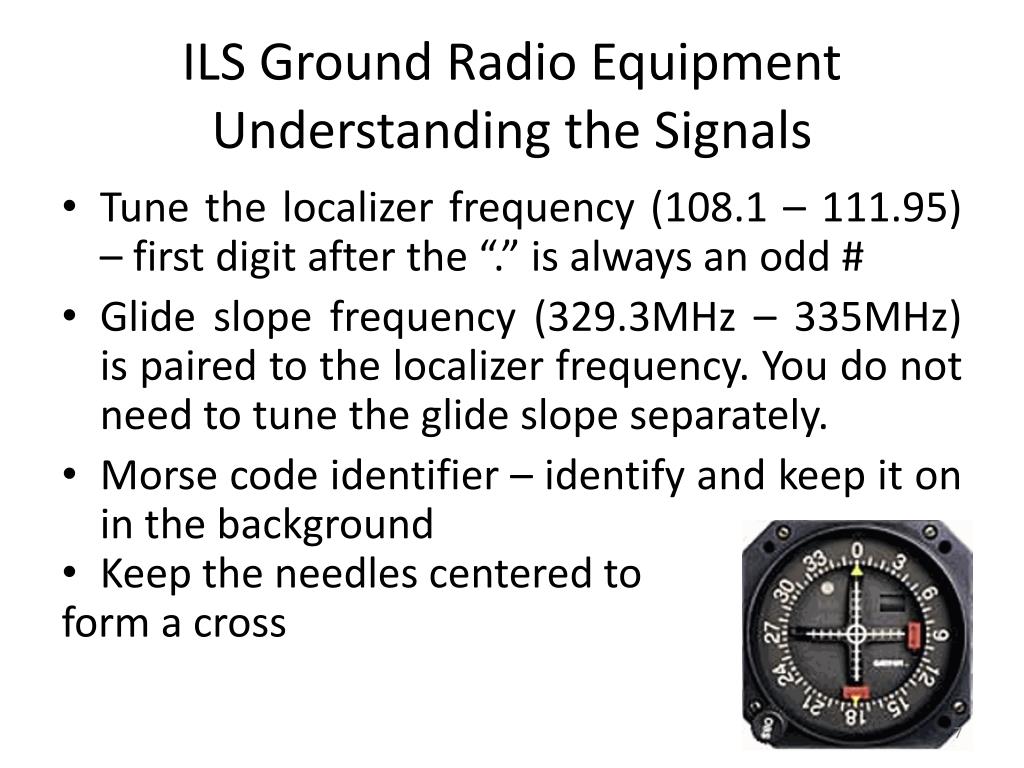

Weather Information and Communication FeaturesĮn route NAVAIDs also provide weather information and serve communication functions. ARTCC remote sites are depicted as blue serrated boxes and contain the center name, sector name, and the sector frequency. The name of the controlling facility is printed on the corresponding side of the division line. When a holding pattern is charted, the controller may provide the holding direction and the statement “as published.” īoundaries separating the jurisdiction of Air Route Traffic Control Centers (ARTCC) are depicted on charts with blue serrations. However, published holding patterns are still found on charts at junctures where ATC has deemed it necessary to enable traffic flow. Today’s computerized system of ATC has greatly reduced the need for holding en route. The “x” is a mileage breakdown or computer navigation fix and may indicate a course change. Occasionally an “x” appears at a separated segment of an airway that is not an intersection. A COP at an intersection may indicate a course change. If a COP does not appear on an airway, the frequency should be changed midway between the facilities. The frequency change might be required due to signal reception or conflicting frequencies. The numbers indicate the distance at which to change the VOR frequency. VOR changeover points (COPs) are depicted on the charts by this symbol (see below). To differentiate distances when two airways coincide, the word “TO” with the three-letter VOR identifier appear to the left of the distance boxes (see below). Distances from VOR to VOR are charted with a number inside of a box (see below). The en route chart depicts point-to-point distances on the airway system. Even without this equipment, information is provided on the charts for making the necessary calculations using time and distance. Approved IFR global positioning system (GPS) units can also be used to report intersections.ĭME and GPS provide valuable route information concerning such factors as mileage, position, and ground speed. If the DME mileage at the intersection is a cumulative distance of route segments, the mileage is totaled and indicated by a D-shaped symbol with a mileage number inside (see below). A hollow arrowhead indicates DME is authorized for intersection identification. Another means of identifying an intersection is with the use of DME. Arrows depicted next to the intersection (see below) indicate the NAVAID to be used for identification. Off-route VORs remain the most common means of identifying intersections when traveling on an airway. On AeroNav Products en route charts, the localizer symbol is only depicted to identify an intersection. If feathered markings appear on the left-hand side of the arrowhead (see below), a back course (BC) signal is transmitted. A bearing to an off-route NDB also can provide intersection identification.Ī localizer course used to identify an intersection is depicted by a feathered arrowhead symbol on the en route chart (see below).

NDBs are sometimes collocated with intersections, in which case passage of the NDB would mark the intersection. NDBs, localizers, and off-route VORs are used to establish intersections.

If the triangle is solid (see below), a report is compulsory. An open triangle indicates the location of an ATC reporting point at an intersection. Intersections along the airway route are established by a variety of NAVAIDs. The IFR pilot’s weakest link is approach and departure knowledge as it relates to instrument charts. įlight Literacy Recommends Rod Machado's Secrets of Instrument Approaches and Departures – If you’re an active IFR pilot or preparing for an IPC or even your ATP or IFR rating, then this interactive course is for you. On AeroNav Products charts, veryhigh frequencies and ultra-high frequencies (VHF/UHF) NAVAIDs (e.g., VORs) are depicted in black, while low frequencies and medium frequencies (LF/MF) are depicted as brown. The AeroNav Products terminal procedures provide a frequency-pairing table for the TACAN-only sites. Tactical air navigation (TACAN) channels are represented as the two- or three-digit numbers following the three-letter identifier in the NAVAID boxes. Though primarily navigation tools, these NAVAIDs can also transmit voice broadcasts. For example, nondirectional beacons (NDBs) can broadcast signals accurate enough to provide stand-alone approaches, and DME allows the pilot to pinpoint a reporting point on the airway. Many other navigation tools are also available to the pilot. Very high frequency omnidirectional ranges (VORs) are the principal NAVAIDs that support the Victor and Jet airways.


 0 kommentar(er)
0 kommentar(er)
